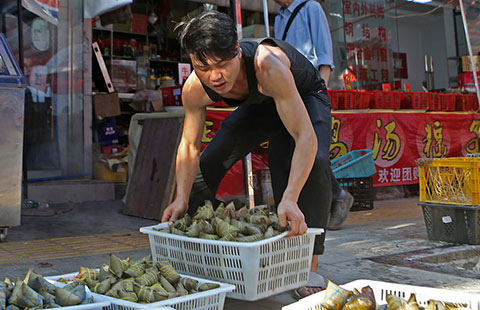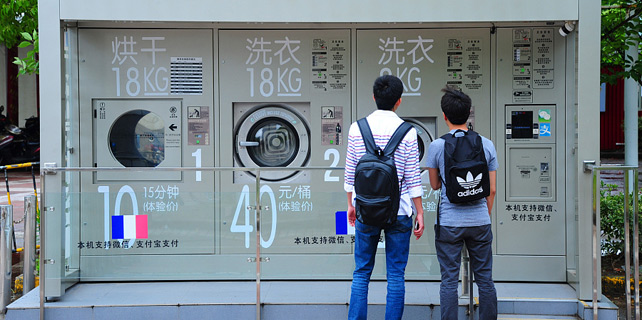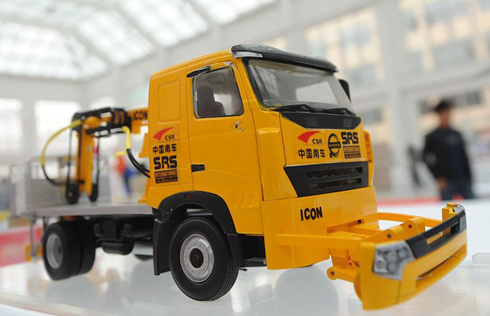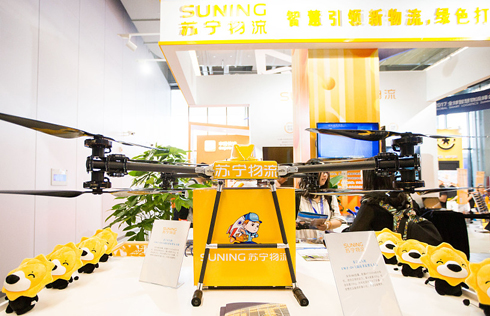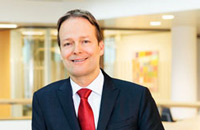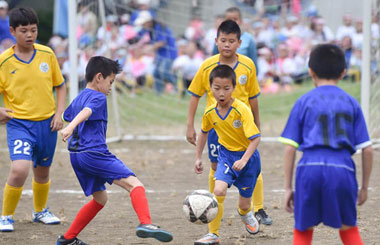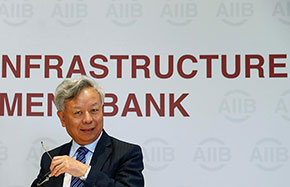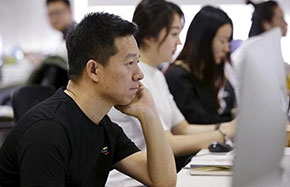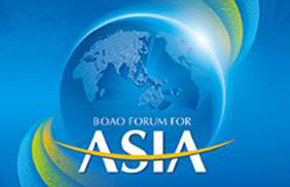Lanxess invests in Asia on positive growth outlook
By Du Juan in Singapore (China Daily) Updated: 2013-06-05 05:54
China's urbanization process and its rapidly growing middle class, which together are creating increased demand for personal transportation and medical care, are the major reasons for Lanxess AG's largest-ever investment in Asia.
The Germany-based specialty chemical company invested 400 million euros ($522.6 million) in its new butyl rubber plant with an annual production capacity of 100,000 metric tons on Jurong Island in Singapore.
The goal of the plant is better serving the growing demand in the Asian market, especially China and India, said Axel C. Heitmann, chairman of the board of management of Lanxess, on Tuesday during the plant's inauguration.
"To me, this new plant is a powerful symbol of our strong belief in the bright future that lies ahead for the rubber industry and the dynamic markets of Asia," he said.
The company said world demand for butyl rubber is expected to grow at a rate of about 5 percent year-on-year through 2017 based on the current annual demand of about 1.2 million tons globally.
Among that, the demand in the Asia-Pacific region is expected to grow at 6 percent annually, while China, the largest butyl rubber consumer in Asia, has an even higher annual growth at 7.5 percent, said Ron Commander, head of butyl rubber business unit of Lanxess.
"Butyl rubber sales in Asia now represent more than 50 percent of the company's worldwide sales," he said. Half of that is generated in China alone, he added.
He said China will be the growth engine for mobility, and passenger cars in China and India are expected to more than triple to about 450 million within the next 15 years, giving the company the confidence to make its largest-ever single investment.
Although China's economic growth is slowing down to around 7 percent, which has resulted in weaker demand for many commodities, the company believes demand will pick up soon.
"China's economic growth rate is not double-digit any more, but 7 to 8 percent growth is still a very good rate, and we believe China can maintain this rate," Commander said.
"We don't see that China's tire industry is reaching its turning point, and we believe the industry's suffering is temporary."
Over the past several months, China's synthetic-rubber prices have been falling because of oversupply in the domestic market and the state of the macro-economy, according to Sublime China Information Co Ltd, the consultancy that runs the commodities website sci99.com.
However, the average price of butyl rubber has been stable for weeks even though the consultancy doesn't expect a demand increase in the short term.
Butyl rubber is mainly used for tire-making, and modern radial tires require an inner liner made of halobutyl rubber, a special rubber that helps maintain tire pressure.
The new plant, which produces halobutyl rubber as well as regular butyl rubber, went into operation in the first quarter and is being ramped up gradually.
Commercial production will start in the third quarter this year, and the facility will achieve full capacity in 2015, the company said.
Another use for halobutyl rubber is in pharmaceutical closures, and using this special-purpose rubber in China is required by law.
Commander said China's urbanization has led to a rapidly growing improvement in its medical-care system, which will create increasing demand for the special type of rubber.
Public figures show that China's pharmaceutical position by consumption in the world jumped from 10th in 2001 to seventh in 2009 and it is expected to be second, behind only the United States, by 2020.
"We take a long-term view, and we are not discouraged by the current weakness in demand, which we view as temporary," Lanxess Chairman Heitmann said.
The company has invested more than 500 million euros globally in recent years to upgrade and strengthen its butyl rubber manufacturing base. Most of the investment has been aimed at better serving the growing global market and Asia, he said.
The company has steadily increased its presence in China, where Lanxess has nine wholly owned subsidiaries, one joint venture and two major research and development facilities, he said.
- Chinese market, German innovation a recipe for success
- 29 big data unicorn startups in China: Report
- Piggyback transportation puts China's logistics system on fast track
- China to embrace big data exchange commerce
- Guizhou to become China's 'Big Data Valley'
- China plans change to major shareholder stock-selling rules
- AU experts undergo training in China under Huawei-sponsored program
- Chinese ports eye one-stop customs clearance this year
